Blog
-

What Is The Difference Between PPH And PPR Pipes?
When it comes to choosing the right type of pipes for plumbing or HVAC applications, there are a few different options available, each with unique benefits and properties. Two popular types of plastic pipes that are widely used in construction and plumbing projects are PPH and PPR pipes. While both are made from different materials, they share some similarities and differences.Read more -
 PPR pipes are pipes used for in-house water distribution. The raw material used for their production is called Polypropylene random copolymer, reason for the name PPR pipe. Polypropylene pipes according to DIN 8077 transport water of temperatures 10°C – 95°C, with the optimum temperature being 70oC. When produced using 1st grade raw materials, these pipes last for close to 50 years.Read more
PPR pipes are pipes used for in-house water distribution. The raw material used for their production is called Polypropylene random copolymer, reason for the name PPR pipe. Polypropylene pipes according to DIN 8077 transport water of temperatures 10°C – 95°C, with the optimum temperature being 70oC. When produced using 1st grade raw materials, these pipes last for close to 50 years.Read more -

What is PPR (PPRC)? Where are PPR Pipes and Fittings Used?
Polypropylene (PP) is a thermoplastic polymer with a wide range of uses. It is obtained by polymerizing the monomer propylene. It is extremely resistant to acids and bases.Polypropylene shows very good resistance to fatigue. It is impact resistant. It has a low coefficient of friction, provides very good electrical insulation and has high chemical resistance.Read more -
 While PVC is the most common non-metal plumbing pipe used in the U.S., PPR (polypropylene random copolymer) is the standard pipe material in many other parts of the world. Instead of PVC cement, PPR joints are heated by a special fusion tool and essentially melted together into a single piece. When created properly using the right equipment, a PPR joint will never leak.Read more
While PVC is the most common non-metal plumbing pipe used in the U.S., PPR (polypropylene random copolymer) is the standard pipe material in many other parts of the world. Instead of PVC cement, PPR joints are heated by a special fusion tool and essentially melted together into a single piece. When created properly using the right equipment, a PPR joint will never leak.Read more -
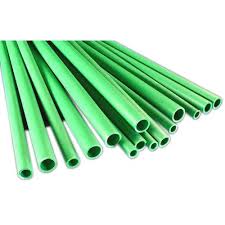
What is the PPR Pipe? Where the PPR Pipes is used?
Alright, what is the PPR ? The convertible Turkish version is “Polipropilen Rastgele Kopolimer”. Today, briefly, expressed as PPR that is irreplaceable solution against cold galvanized pipe for all hot system, and one the advantageous indoor key for plastic pipe industry with easy installation, hygienic, brilliant and smooth inner surface and lightweight. The PPRC Pipe and fittings are produced with high quality raw material.Read more -
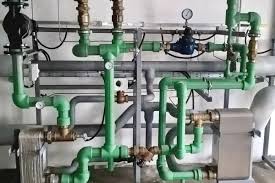
Why are PPR Pipes reliable for use in plumbing?
There are four common installation types, including exposed installation, concealed installation, above-ground installation and underground installation. As far as we know, plastic has a characteristic. It expands when heating and shrinks when cooling. Therefore, pipes are easily deformed due to the ambient temperature, so we need to consider the expansion compensation of the pipes when installing. For example, we need to consider expansion compensation for surface installation to leave the space for expansion and contraction of pipes. However, concealed installation is not required to consider those factors because the cement will limit the expansion and contraction of the pipe. Hence, we do not need to consider expansion compensation in this part.Read more -
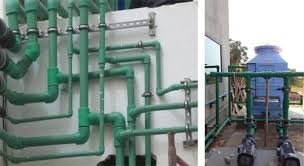
What are the main uses of PPR pipes?
PPR pipe is the most commonly used in home decoration, but its application range is not small, such as water supply, hot water pipe system, heating pipe system and air conditioning pipe. Engineering hot water also involves the use of PPR pipes, which are more stable, safer, easy to install, and cost-effective. The engineering hot water ppr pipe can also be hidden. When the concealed pipe penetrates the wall, in order to ensure the safety, service life and maintenance of the pipeline, a metal sleeve can be set to ensure the installation of the PPR pipe.Read more -

Plastic water pipe bacteria - CPVC vs PPR
When PPR pipes and fittings are installed, heat fusion creates internal beading. Not only does this create performance issues (with regards to water flow and pressure,) but the uneven surfaces and crevices created by beading can host concentrated levels of bacteria in certain areas.This affects overall performance quality and threatens the cleanliness of the water supply.CPVC pipes and fittings are installed using solvent cement. This cold installation process does not require heat and does not create internal beading.The molecular fusion of pipe to fitting creates what is essentially one continuous run of pipe, with no beading, bumps or crevices for bacteria to hide within.Read more -
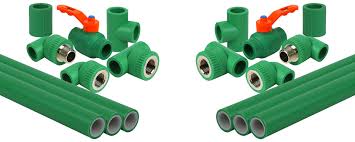
What Is PPR Pipes In Plumbing?
PPR pipe is a type of pipe that is inert to most chemicals and electrolytes. This means that it is ideal for plumbing systems in places with high salinity or highly corrosive water. This pipe has many other benefits, including its lightweight design and low energy requirements. It is also easy to install and handle. It is also safe for drinking water systems. Here are some ways to use PPR pipes in your plumbing system. PPR pipe is a type of plastic made from Polypropylene Random Copolymer (PPRC) material. It is usually offered in green or white colors, and it has an outer diameter ranging from 20mm to 110mm. Its walls are thicker than those made of PVC, and it comes with a variety of fittings. For every diameter of PPR pipe, there is a corresponding part or accessory. In addition to piping systems, PPR is great for transporting industrial waste or chemical fluids. The process for PPR pipe fabrication begins with the extrusion of molten plastic into a mold or die.Read more -
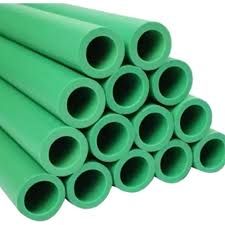
Introduce The Types And Structures Of PPR Pipes
PPR pipe is a new type of pipe, which is widely used in construction, chemical industry, drinking water and other fields because of its characteristics of high temperature, high pressure, high strength, smoothness, easy connection and easy installation. There are also different types and structures of PPR pipes. The following is an analysis of the types, structures and usage scenarios of PPR pipes.IFAN factory 30+ years manufacture experience support color /size customization support free sample.Welcome to consult for catalog and free samples.Read more -
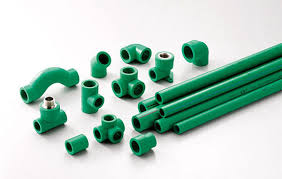
Which Is Better HDPE Or PPR Pipe?
When it comes to selecting pipe materials for water supply systems, there are various types available in the market. The two most commonly used pipe materials are High-density Polyethylene (HDPE) and Polypropylene Random Copolymer (PPR). Both materials are widely used in different industries for their unique properties. In this article, we will compare HDPE and PPR pipes and explore which is better for use in water supply systems based on their properties, installation procedures, and user requirements.Read more -
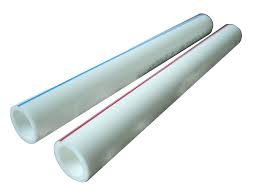
What Are PPR Pipes and Fittings?
PPR fittings are made from the same material as PPR pipes, which means they are also resistant to temperature changes, UV radiation, and chemical degradation. They are easy to install and require no special tools or equipment, making them a popular choice for plumbing and heating systems.Read more

